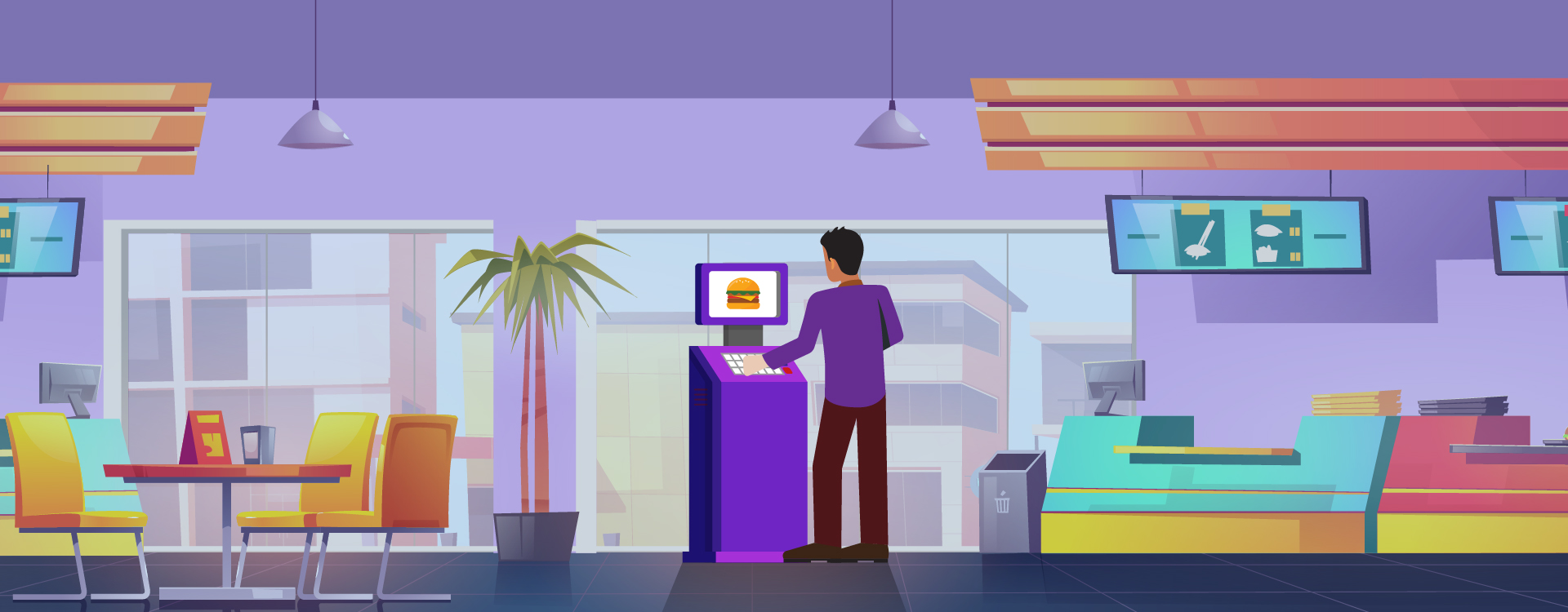The hospitality industry, especially the restaurant and food segment, is known to make slow progress compared to other significant sectors, especially when it comes to innovative digital solutions and technologies. But in 2020, the COVID-19 pandemic changed that situation and forced the emergence of changes in the industry that went beyond tradition.
Many restaurants have reluctantly turned to technology to adapt to new realities. During the pandemic, technology and innovation helped restaurants survive and even save them. From online ordering to contactless payments and delivery, the industry has recognised that digital changes and trends can no longer be ignored if they want to remain relevant and competitive.
‘‘
New businesses that have the food and restaurant industry at their core model must take advantage of the digitization of the industry.
These are the top trends rocking the restaurant and food industry in 2021.
Cloud Kitchens
The new Cloud Kitchen idea is a significant business effort for food industry innovators to promote and produce specific foods for distribution and delivery. These cloud kitchens are also referred to as ghost kitchens, communal kitchens, or virtual kitchens.
Food business owners have more options to create cloud kitchens as the industry is shifting to more digital models. The conception of such a commercial kitchen runs parallel to that of a typical grocery store.
Online Food Ordering and Delivery System
Restaurants globally are still uncertain about opening up due to COVID-29 protocols and restrictions. Strict hygiene rules and closures forced the industry to shift to online modes of food orders and contactless delivery services. This digital shift will continue even when the threat from the pandemic subdues.
Third-party food delivery apps like Zomato, Swiggy, Foodpanda and Uber Eats are essential solutions for those restaurants and food businesses that cannot offer internal orders and food delivery services. While many people like to order dinners directly from restaurants, restaurants are expected to continue to pioneer fast food chains and invest in developing their integrated online platform and app.
Self-service Kiosks
This technological trend in the restaurant industry aims to make fast food faster, easier and more satisfying for customers to order. Large fast-food chains such as McDonald’s and KFC are already using self-service kiosks to reduce customer interaction and expand customer business.
These kiosks allow customers to personalise their orders with their preferred payment method and pay instantly. This technique reduces human error when ordering and can increase sales even during peak hours. Some cinemas also have self-service kiosks that do not require human intervention.
Contactless Digital Payments
This trend majorly accompanies new payment technologies in the global restaurant industry as the pandemic progresses even in 2021. Contactless technology is becoming increasingly popular, including online orders and payments with contactless apps and devices like smartphones, smartwatches, and smart cards.
The number of contactless payments worldwide will double from $2 trillion in 2020 to $6 trillion by 2024. Contactless digital payment methods replace cash modes and manual transactions with more hygienic, safer, faster and convenient ways.
Electronic Reservation System
Telephonic table reservations are a thing of the past, as table reservation technology has met the internet. The service providers of online reservation bookings allow customers to view available slots for free and make reservations anytime, anywhere.
With the help of state-of-the-art reservation systems, restaurants can manage seating, waiting lists, customer loyalty, and food preferences. They can also collect important customer data, be it contact tracking or customer information market.
What’s in it for Upcoming Restaurant and Food Entrepreneurs?
New businesses that have the food and restaurant industry at their core model must take advantage of the digitization of the industry. App development for food ordering, browsing restaurants and delivery – these services are mastered by the industry giants like Zomato and Swiggy.
What the new entrepreneurs must do is focus on the unexplored bits that are mentioned above and fill the gap by giving the right choices and services. As the pandemic has opened a plethora of opportunities in the digital arm of the food business, start-ups should dive right in and ensure that there are ample food options on the plates of their customers.




